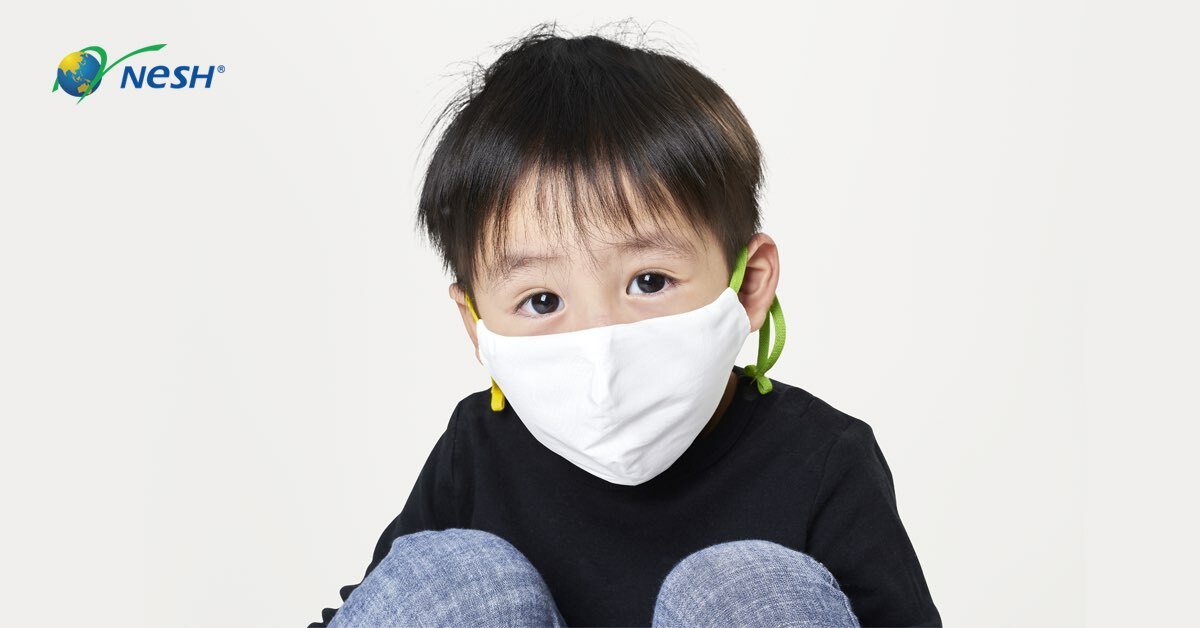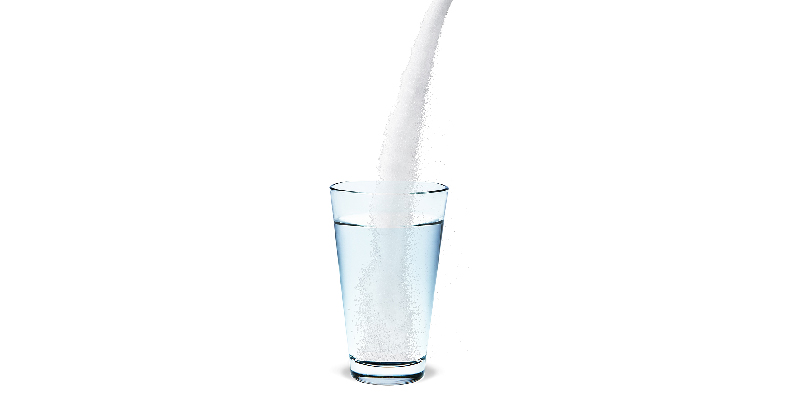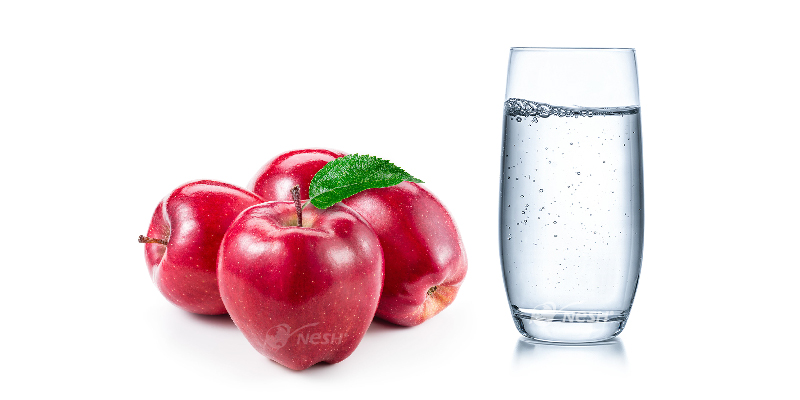Do you know that after removing the face mask, it does not mean that we can breathe fresh and clean air? According to the World Health Organisation (WHO), an estimate of nearly 8 million people die prematurely due to air pollution each year, of which 4.3 million are affected by indoor pollution and 3.7 million by outdoor pollution.
What does this mean? Staying home does not necessarily mean that the indoor air is clean and fresh, but it could be an invisible killer. Among others, children are the biggest victims of polluted air.
World Health Organisation (WHO) reported that 93% of children under the age of 15 in the world breathe polluted air every day. In 2016, there were 600,000 children died due to respiratory tract infections as a result of polluted air.
The fact is children breathe faster than adults, they inhale pollutants much more than adults do. Their brain and body are not fully developed, in addition, most of their activities are closed to the ground, a place where the highest concentration of pollutants can be traced.
Growing up with long term exposure to polluted environment poses serious physical and mental threats to the children:
- Impedes lung development which leads to respiratory insufficiency
- Causes respiratory infections
- Triggers or accelerates asthma exacerbation
- Affects neurodevelopment and cognitive ability
- Causes childhood cancer
- Increases the risk of getting chronic diseases such as cardiovascular disease in adulthood as compared to other children
UNICEF also reported that air pollutants not only affect lung development in children, but may also invade the blood-brain barrier which can damage a child’s brain permanently. We cannot ignore the impact and harm of air pollution on our children’s growth and future.
The hidden health risk of air pollution to adults are significant too. From the nervous system, to the respiratory system and cardiovascular system, none of it can escape the impact of air pollution:
- Causes ischemic heart disease
- Stroke
- Chronic obstructive pulmonary disease
- Lung cancer, gastrointestinal cancer
- Increases complications in pregnancy and premature birth
- Diabetes
- Cataracts, etc.
Let’s understand “what is air pollution” in an easy way
Air pollution is when the emission of gases and particles as a result of various human activities or natural factors, achieving a certain degree of concentration, which is harmful to the environment and health.
Among others, air pollutant that has the greatest impact on human health is the commonly known PM2.5 particles. Any ultra-fine particles, with a diameter of 2.5 micron or smaller is able to penetrate deeply into the lungs and even blood, causing lung, cardiovascular and brain diseases.
The size of ultra-fine particles is 40 times smaller than a human hair, while bacteria are micron-sized organisms, ranging from 1 micron to more than 10 microns in size. If you want to know how small PM2.5 particles are, their size is similar to bacteria, so small that our naked eyes cannot see.
It is time to stop thinking only outdoor air is polluted, the airborne particles are basically everywhere. Outdoor air is hard to control and change, but we can prevent and improve our indoor air quality.
In next article, we will share with you how to self-test your lung functions.
Data reference:
World Health Organization (WHO) survey report March 25, 2014 and October 29, 2018
UNICEF survey report 2016
If you want to know more about daily good health information, stay tune NESH official website and social media. We have more exclusive good news and information to share with you firsthand!







